Radiation isn’t just the stuff of superhero origin stories or disaster movies. It’s real, and it hangs around in some very specific places thanks to messy accidents, ambitious experiments, and the occasional missteps in world conflict. Here’s a tour through fifteen locations on Earth that got a little too cozy with radioactivity and are still dealing with the fallout.
Chernobyl Exclusion Zone, Ukraine
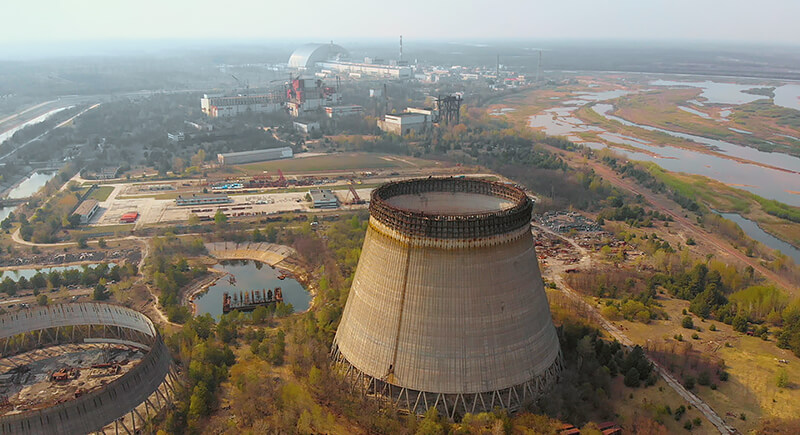
After the 1986 reactor explosion at the Chernobyl Nuclear Power Plant, the surrounding area was evacuated and declared unsafe. Radiation blanketed forests, rivers, and forced thousands to leave. Wildlife has returned, but radiation hotspots persist. Tourists can visit under strict guidelines, but staying too long is risky.
Fukushima Daiichi, Japan
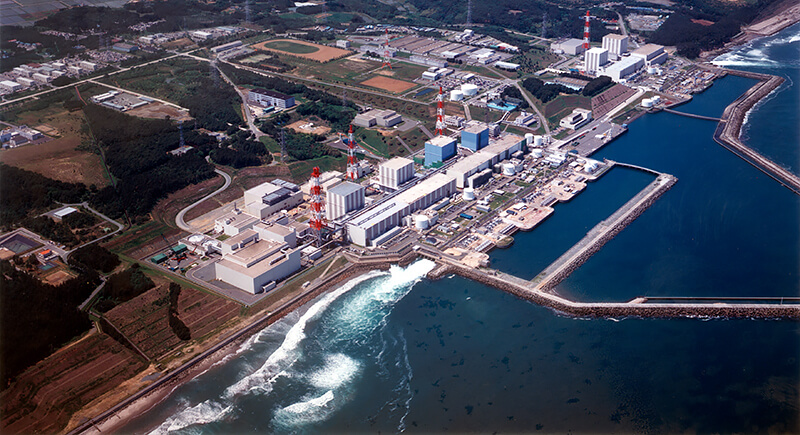
Japan’s 2011 triple disaster—earthquake, tsunami, and nuclear meltdown—hit Fukushima harder than anyone expected. Cooling systems failed, reactors overheated, and radiation spilled into the ocean and atmosphere. Robots do much cleanup since humans can’t stay long without severe health consequences.
The Polygon, Kazakhstan
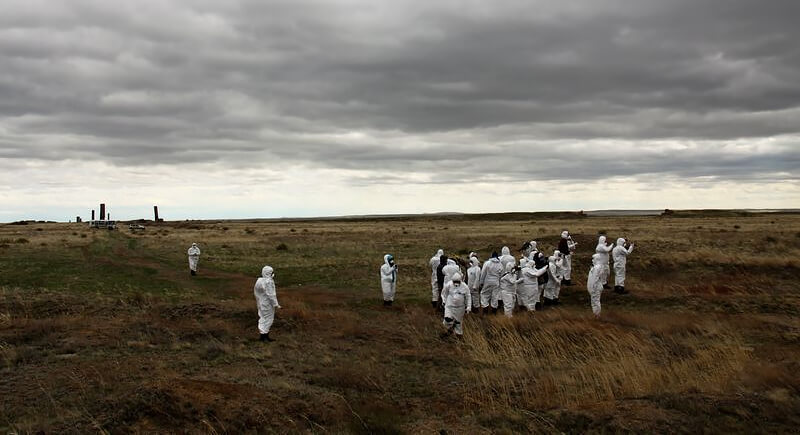
During the Soviet Union’s nuclear testing days, the Polygon saw more than 400 detonations. The trouble is, people were living nearby the whole time, and no one bothered to evacuate them. Even today, birth defects and chronic illnesses are common among residents.
Hanford Site, Washington, USA
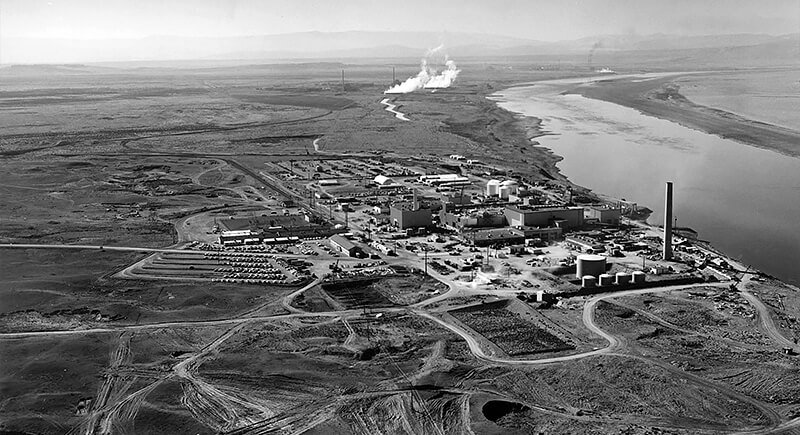
Hanford is considered the most contaminated nuclear site in the U.S. Plutonium for the explosion that dropped on Nagasaki came from it. After that, the place kept busy through the conflict and produced enough radioactive waste to fill underground tanks, many of which are now cracked and leaking.
Mailuu-Suu, Kyrgyzstan
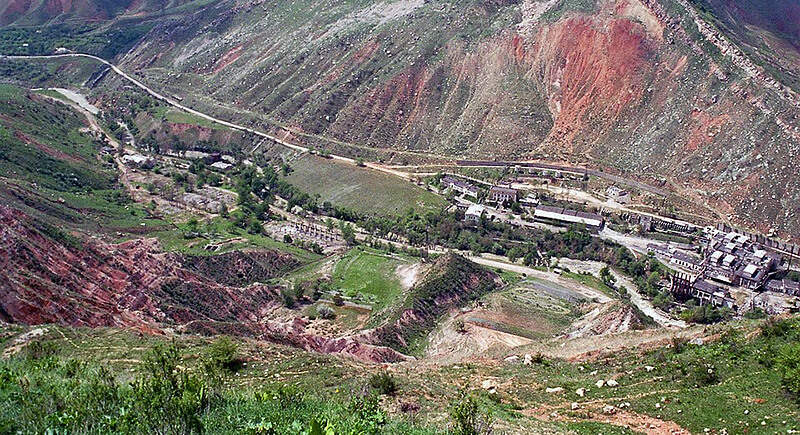
This former uranium mining town sits on top of radioactive leftovers from Soviet operations. It wouldn’t be so dangerous if it weren’t for the unstable terrain and occasional landslides. When that waste shifts, it can make its way into rivers that supply water, yet families still live and farm there.
Sellafield, United Kingdom
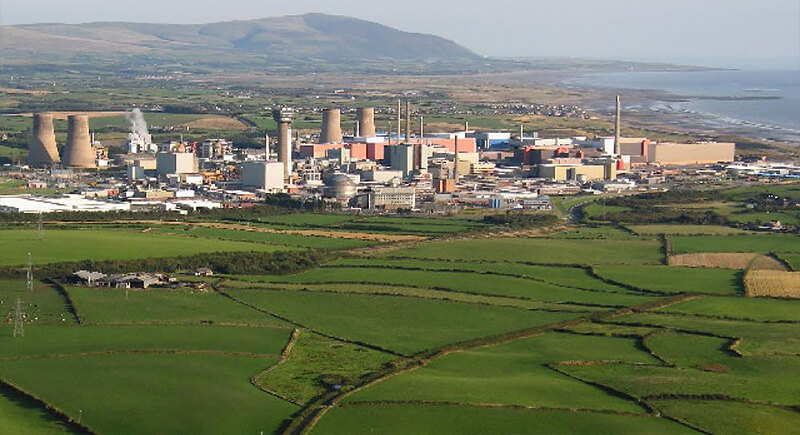
Sellafield has dumped billions of gallons of radioactive waste into the Irish Sea, considered the most radioactive body of water in the world. Thousands are employed in ongoing containment and dismantling operations. Despite that, critics question whether Sellafield will ever be fully safe again.
Kyshtym (Mayak Plant), Russia
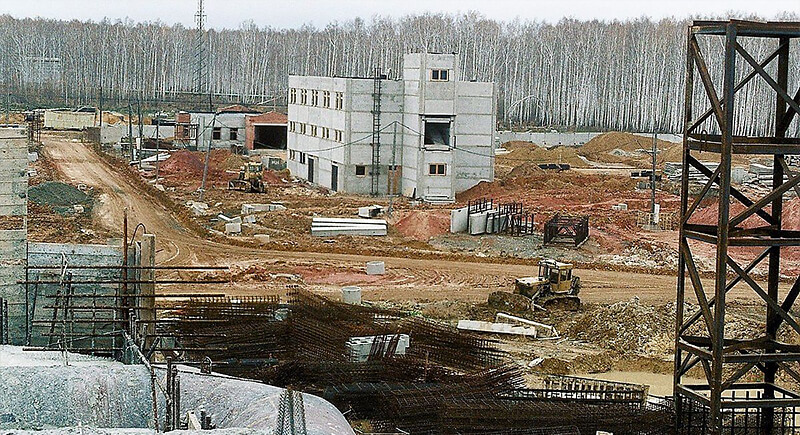
The 1957 disaster at the Mayak nuclear facility near the town of Kyshtym released radioactive waste across thousands of square miles. The Techa River, once used for drinking and fishing, remains radioactive. Many locals weren’t told about the contamination until years later.
Church Rock, New Mexico, USA
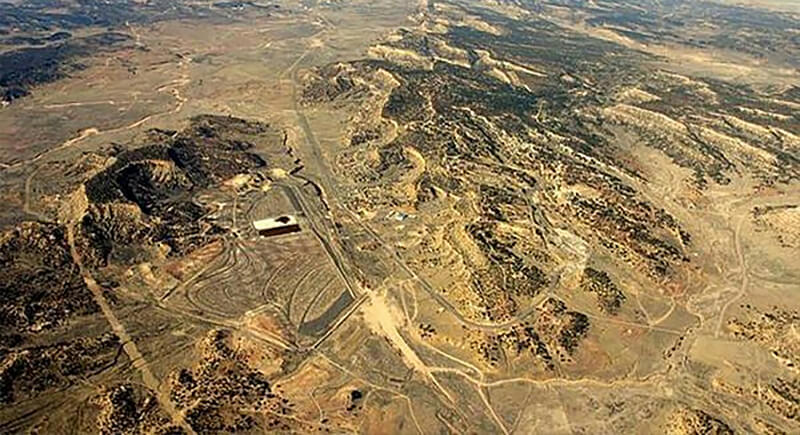
In 1979, a uranium mill dam owned by United Nuclear Corporation collapsed, releasing over 90 million gallons of radioactive waste into the Puerco River. This accident—larger than the Three Mile Island nuclear incident—affected nearby Navajo communities. Despite its scale, it received little national media attention.
Goiania Accident, Brazil
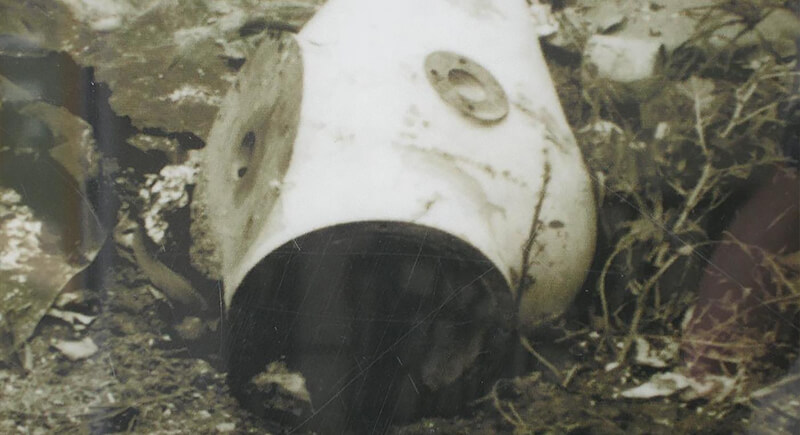
This radioactive disaster didn’t begin in a lab or reactor, but in a junkyard. In 1987, scrap thieves took a radiotherapy machine from an abandoned hospital, broke it open, and exposed a glowing cesium-137 capsule. Curious neighbors passed around the shimmering material, unaware of the danger. Over 200 people were contaminated.
BOMARC Missile Site, New Jersey, USA

In 1960, a fire broke out at this U.S. Air Force base storage site, melting a nuclear head and scattering plutonium across the ground. Though no explosion occurred, the incident contaminated over seven acres. The site, part of McGuire Air Force Base, remains under environmental monitoring.
Lake Karachay, Russia
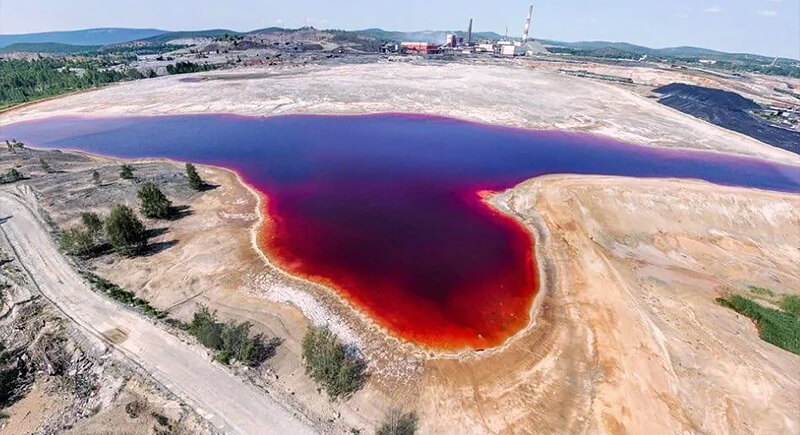
If there were awards for worst places to sunbathe, Lake Karachay would be a strong contender. In the ’50s and ’60s, this body of water was the Soviet Union’s nuclear dumping ground. At one point, standing by the lake for just an hour could be fatal.
Semipalatinsk Test Site, Kazakhstan
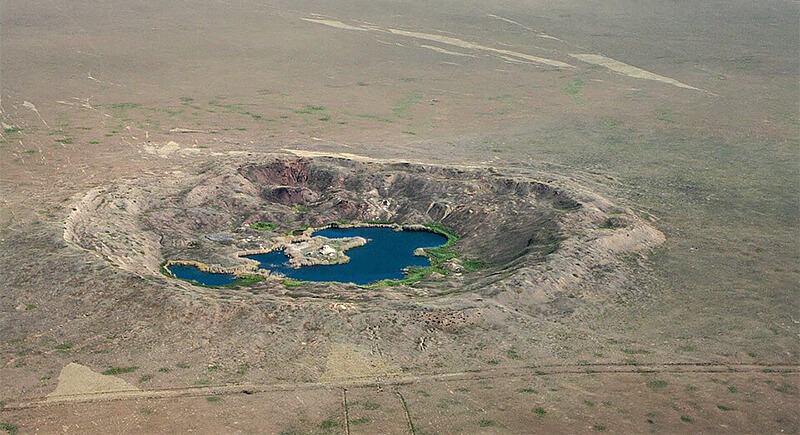
Separate from The Polygon, Semipalatinsk also served Soviet nuclear ambitions. Here, over 100 above-ground tests and many underground ones rocked the Kazakh steppe. Fallout affected nearby villages, where people continued to live, unaware of the long-term effects. Radiation-related illnesses still plague families generations later.
Three Mile Island, Pennsylvania, USA

In 1979, the Three Mile Island reactor suffered a partial meltdown—the worst nuclear accident in U.S. commercial energy history. Though the released radiation was low compared to disasters elsewhere, it sparked widespread panic. The site officially shut down in 2019, but debates continue over the health impact.
Fort d’Aubervilliers, France
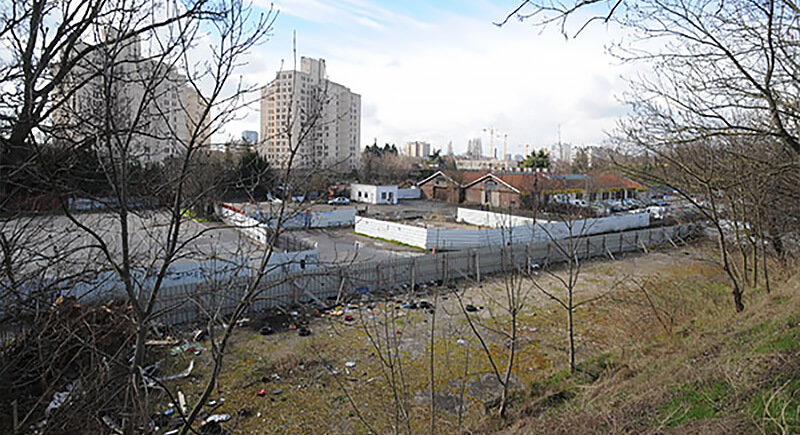
Cancer rates among residents nearby have raised concerns to this day. Fort d’Aubervilliers was a Parisian military fort turned research site and saw radioactive use as early as WWI. Later, Frederic and Irène Joliot-Curie used the location for radium experiments.
Congo’s Shinkolobwe Mine
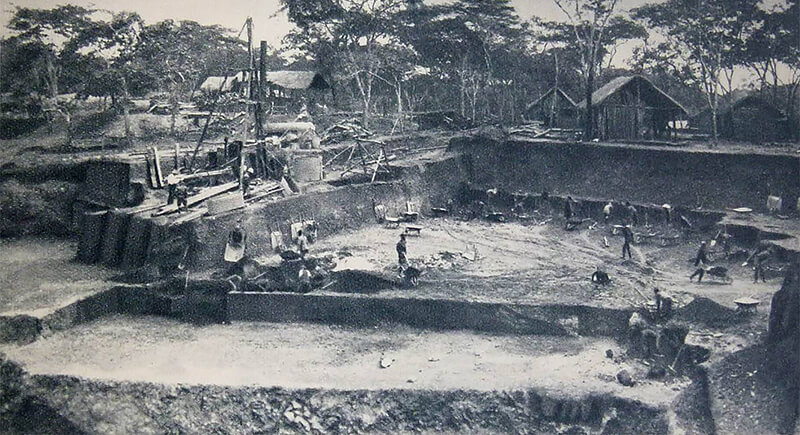
The lack of regulation, combined with poverty and black market demand, means locals are still at risk. This unregulated uranium mine in the Democratic Republic of Congo supplied radioactive ore for the Manhattan Project. Officially closed since 2004, it’s still targeted by illegal miners.